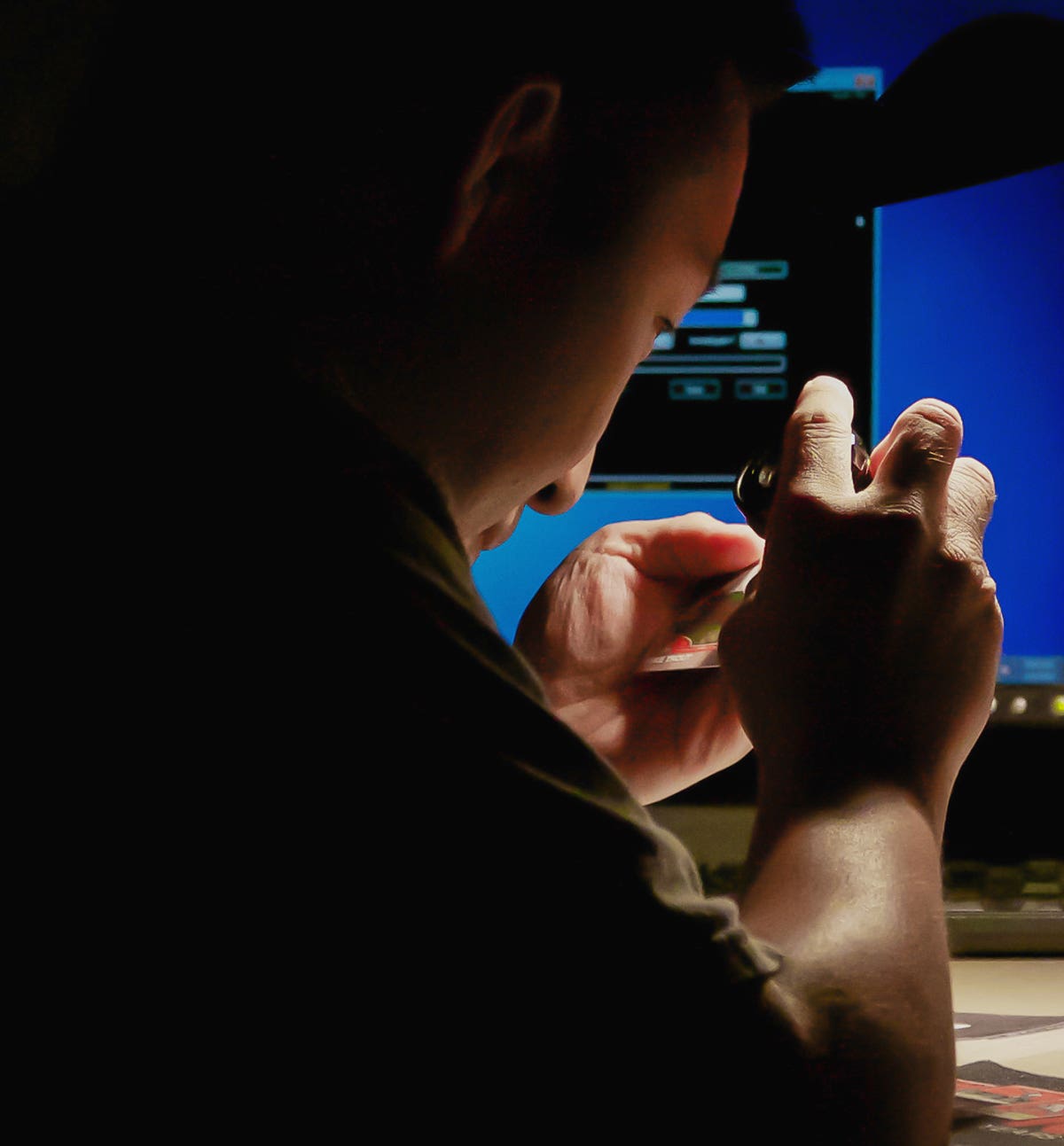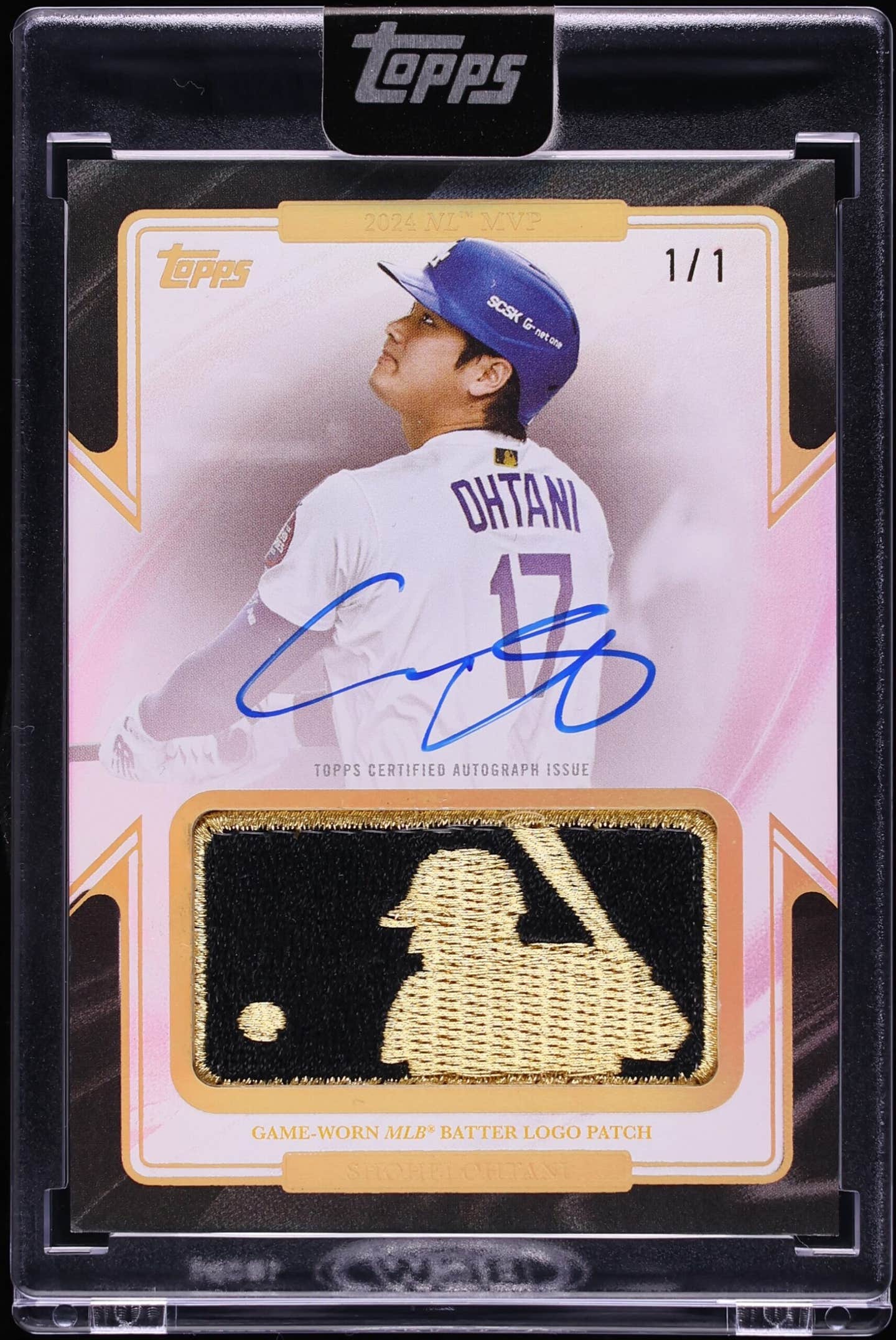
News
How Joe Namath’s 1969 Super Bowl victory turned into cardboard gold for Broadway Joe
I have lived long enough that I can say that I have seen every Super Bowl, all 55 of them, since its inception on Jan. 15, 1967.
Well, it wasn’t actually called the Super Bowl at the time, and if you own a ticket of any of the first three games, you will see that they were all called “World Championship Game, AFL vs. NFL.” The words Super Bowl were first used around the third game, but it doesn’t actually appear on tickets until the fourth game.
Things changed dramatically for the NFL and the championship game at the third one, held at the Orange Bowl in Miami in 1969. Up to that point, NFL teams considered the game against the upstart AFL as a mere formality to wrap up the season. They considered the NFL title game as the real battle to crown their champion.
In the league championships, the Baltimore Colts had crushed the Cleveland Browns, 34-0, while the Jets had slipped by the Oakland Raiders, 27-24, for the AFL title. Bookies had the Colts listed as 19½ point favorites over the Jets.
In the first two games between the leagues, Vince Lombardi’s Green Bay Packers had made short work of both the Kansas City Chiefs and the Raiders. So, the logical thinking was that Don Shula’s Baltimore Colts would do the same with the Jets.
But the upstart New York team thought differently. Three days before the game, Joe Namath, their brash, young quarterback, publicly stated that the Jets would win.
“I guarantee it,” he was quoted as saying. He would later add that after watching game film of the Colts he was sure the Jets could win, and so he made his prediction based on what he had seen, and how well he knew his own team.
BROADWAY JOE
Joe Willie Namath of Beaver Falls, Pa. was a three-sport star in high school. He had hoped to play college football at Notre Dame, but he didn’t qualify academically. His next choice was the University of Maryland, and the same thing happened there. He was also being pursued at the same time by several major league baseball scouts, but went with football because his mother wanted him to get a college education.
The recruitment of high school athletes in the early 1960s was much different than these days. Legendary Alabama coach Paul “Bear” Bryant was alerted to Namath’s status after he had graduated from high school, and he sent one of his young assistant coaches, Howard Schnellenberger, to Beaver Falls with instructions to “not come back without him.” He famously stayed there, eventually convincing Namath’s mother to let Joe return to Tuscaloosa with him. The coach later said that by the time they headed back to Alabama, he had all but run out of the money Bryant had given him for the trip. When they stopped to eat, he would only get coffee, telling Namath “he wasn’t hungry.”
Namath went on to great stardom as a quarterback at Alabama, winning the 1964 national championship, and later signed the largest contract — thought to be around $400,000 — ever given to a professional football player.
Later in life, Bryant would say that Namath “was the greatest athlete he had ever coached.” This from the man who told his assistant coaches to always look at the quarterbacks when they visited high schools, “as they are usually the best athlete, and we can always teach them to play other positions.”
With the Jets, Namath was coached by Weeb Ewbank, the man that had led the Colts to victory in the NFL Championship over the New York Giants in 1958, a game many called “the Greatest Game Ever Played.” At that time, he had another star quarterback in John Unitas.
Both Unitas and Namath had grown up near Pittsburgh. Unitas starred at the University of Louisville and later famously played his way to the NFL from a sandlot league. Still with the Colts when the two teams played for the championship in Miami, Unitas was not the player he had once been, slowed by time and injuries. Namath had idolized Unitas growing up, and was excited to be on the same field with him.
The Jets controlled the tempo of the game from the start, and Namath led them on drives that concluded with three field goals and one touchdown, for a total of 16 points. The Colts only score came late in the game on a drive led by Unitas, who relieved Earl Morrall, who had struggled in the start.
Final score: Jets 16, Colts 7. Namath’s prediction had come true, and he was named the game’s Most Valuable Player. He was famously photographed going off the field after the game with one finger wagging in the air.
To this day, it is still the only Super Bowl won by the Jets. Namath was never able to get them back to the championship game. At one time an outstanding runner, knee injuries curtailed his career, leading him to try and rely primarily on his strong throwing arm. He would play 13 seasons, 12 with the Jets and one with the Los Angeles Rams. He passed for more than 27,000 yards with 173 touchdown passes. But he also threw 220 interceptions.
But the thing Namath is most remembered for is the Super Bowl victory over the Colts and the impact it had on the NFL going forward. No longer was the AFL considered an inferior league, as Kansas City would win it the next year as well. Soon the two leagues merged under the NFL logo. Ewbank, when he retired, had the distinction of having orchestrated two of the greatest wins in the history of the NFL, both which led to increased notoriety for the league.
NAMATH CARDS
So, what about Namath’s football cards? What did his Super Bowl victory and the merger do for them?
His career was cut short by injuries, and in the end he went west to the Rams, lost his starting job and spent most of his last season on the bench. A card was not even made to commemorate the occasion. So, his regular-season card issues are not that many to begin with. Yet, to this day, the card companies still put out commemorative cards of him, and there are plenty of them out there.
Namath first appeared on a card in 1965. It is Topps #122, the one year in which they made oversized cards for football, including all of the AFL players. The head shot of Namath really stands out, with its yellow background and the green Jets jersey.
“There are not many of them out there to begin with,” longtime dealer and collector Ellis Anmuth of Philadelphia tells me. “The larger cards and the way they were printed, many as single prints, makes them very scarce. The cards were not very popular when they came out, people didn’t like them. And putting a set of them together now is brutal.”
Topps used an unorthodox printing method that led to an overabundance of some players and a shortage of others in the 176-card set.
The highest graded version I have ever seen — a PSA 9 — was on display in the Hunt-Casterline collection at the Pro Football Hall of Fame in Canton. The collection contained the highest graded rookie cards that were available of Hall of Famers at the time. They had two Namath cards graded PSA 9. The gentleman working the exhibit told me it was the hardest modern-day football card to be found in top condition and he thought the going price at that time was well into six figures. This was right before the market for high-end cards began to explode. The card is now going for $300,000 or more.
“The Namath card that I probably have the most requests for is the 1966 Topps, his second year, and it has the brown borders, which of course make it very hard to find in mint condition,” Anmuth said. “After that year, his cards are not as scarce or hard to find, and of course not nearly as expensive. The injuries took a toll on his career, and that is reflected in his later card values.”
The 1966 set featured all AFL players with only 132 cards, and it has been a popular one for collectors over the years. The brown borders that Anmuth refers to has a television set motif, making sharp edges and corners very hard to come by. In online auctions, these are going in the hundreds, depending on the condition and if they are graded or not.
My personal favorite is the 1971 Topps #250. The red border also makes finding one in mint condition difficult. I picked up an ungraded one at The National a few years back and don’t remember having to pay all that much for it, maybe somewhere in the $30 range.
“Football cards as a whole were never as popular as baseball, so of course there were not as many made, but now the rare cards are really going up in value,” Anmuth says.
We talked about how in the ’80s and ’90s you would go to a show and see boxes of unopened football cards with a black streak on them sitting on tables for $5 a box.
“They were returns to Topps, and I knew guys who would buy truckloads of these cards off of the dock at their plant here in Pennsylvania,” Anmuth said. “They would make them an offer and take whatever they had, sports or non-sports. Sometimes maybe even some baseball. That’s where a lot of those boxes came from.”
During the resurgence of sports cards in general, Anmuth said his business has boomed in the last two years since the onset of COIVD.
“People are home and getting their old cards out. People are back to building and finishing sets,” he said. “For me, it is such a great hobby, you meet so many nice people from all over.”
So, when you settle in to watch Sunday's Super Bowl, think for a moment about Joe Namath and the Jets and the NFL explosion that soon followed. And if you have any of those old Namath cards tucked away somewhere in a cigar box, now might be the time to dig them out.
And if you have one of those rookie cards from 1965, you might want to move it to your lock box at the bank.
— Barry Blair is an author/writer from Jonesborough, Tenn. You can reach him at barryblair54@gmail.com or check out his website at www.rightfieldpress.com.








